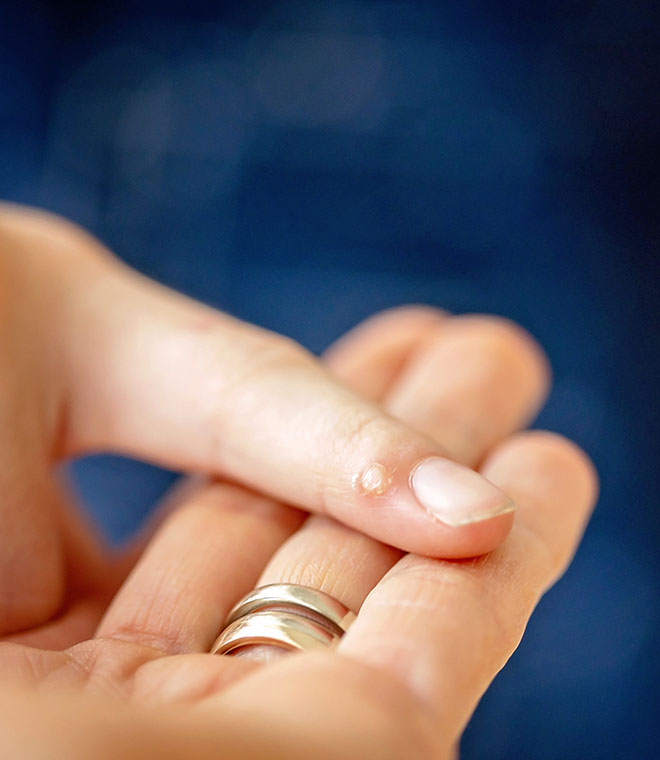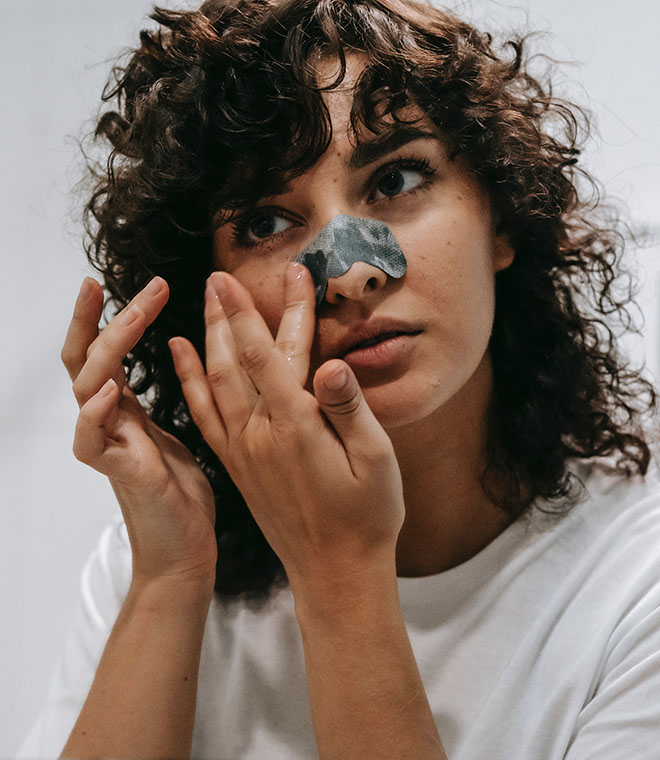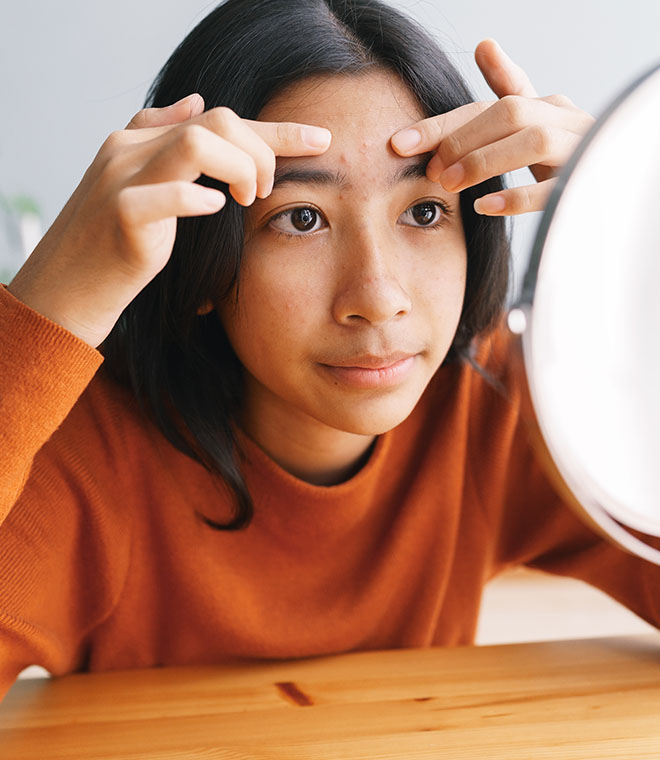Health
What is psoriasis?
By Jean Cherry, RN, MBA May 27, 2021 • 11 min
Psoriasis is a common, chronic inflammatory skin disease affecting 8 million Americans, and studies show the number of people with psoriasis may be increasing.
It costs our nation $11 billion annually. About 60% of people with psoriasis miss an average of 26 days of work per year due to the illness. It can develop at any age, but usually appears between ages 15 to 25. A study on psoriasis in the United States found there is a higher incidence in skin of color than previously thought. Findings show psoriasis affected about 2% of African Americans and 1.6% of Hispanics. Caucasians had an incidence of 3.6%.
How do you get psoriasis?
Several types of psoriasis are plaque psoriasis, guttate psoriasis, pustular psoriasis, erythrodermic psoriasis, inverse psoriasis and nail psoriasis. A cause of psoriasis can be genetics, as 40% of people with psoriasis or psoriatic arthritis have a first-degree relative with the disease. Other psoriasis causes are a problem with your immune system, smoking, obesity, some medications, infections, alcohol consumption and vitamin D deficiency.
What does psoriasis look like?
In psoriasis, the body overproduces skin cells. Psoriasis rashes are commonly seen as well-outlined, raised and reddened areas of the skin with silver scales.
Does psoriasis itch?
The overproductive skin cells grow five times faster than normal skin calls, making patches of thick, flaky skin that is usually itchy and sore. Normal skin is shed, but with psoriasis, skin builds up and forms into plaque.
What is plaque psoriasis?
Chronic plaque psoriasis or psoriasis vulgaris is the most common type of psoriasis. You can find psoriasis on elbows, psoriasis on hands, psoriasis on legs, psoriasis on feet or psoriasis on knees. You can have facial psoriasis or scalp psoriasis.
Is psoriasis contagious?
People may mistakenly think psoriasis is contagious because of the way it looks, but it is not.
What are the symptoms of psoriasis?
Psoriasis patches are itchy, and scratching can cause patches to thicken and bleed.
There are also other types of psoriasis, including:
- Guttate psoriasis is common in children and young adults who have a history of streptococcal infections. This type of psoriasis involves many small, inflamed and scaly plaques over the trunk and extremities of the body.
- Pustular psoriasis can have life-threatening complications. Severe variations can cause large areas of redness, scaling and pus-filled bumps with fever, kidney, liver or respiratory problems.
- Erythrodermic psoriasis is less common. It presents with generalized redness where skin looks like it is burned. There is scaling of skin from head to toe to the degree that loss of skin protection puts people at risk for infection and electrolyte imbalances from fluid loss.
- Inverse psoriasis (genital psoriasis or psoriasis on the penis) is located in areas where skin touches skin, such as genital areas or armpits. It is named because areas affected are the reverse of usual external manifestations. Instead of visible scaling, there are smooth, red patches of skin.
- Nail psoriasis, common in people with psoriatic arthritis, shows as tiny pits throughout the nail plate and nails look partially discolored as tan-brown.
- Psoriasis arthritis symptoms are pain and stiffness in affected joints, especially the fingers and spine. Research shows 1 in 3 people with psoriasis will also develop psoriatic arthritis.
- Psoriasis of the liver, or nonalcoholic fatty liver disease, obesity and metabolic syndrome have been linked to people with psoriasis.
How is psoriasis diagnosed?
Only a healthcare provider can diagnose psoriasis. They'll likely ask about your family history, examine your skin, nails and scalp for signs of psoriasis, and ask you questions about stress, recent illness or starting new medication. In some difficult cases, your provider may need to do a skin biopsy to make a diagnosis. Your provider may tell you if your psoriasis is mild, moderate or severe. The National Psoriasis Foundation defines mild psoriasis as affecting less than 3% of the body, moderate as affecting 3% to 10% of the body, and severe as affecting over 10% of the body.
Psoriasis vs. eczema
Some people wonder if they have psoriasis or eczema. Both conditions have similar characteristics, such as red, itchy skin. The difference between eczema and psoriasis is that psoriasis has silvery-white scales due to overproduction of skin cells. Eczema is a hypersensitivity to certain irritants, causing skin to be red, inflamed, crack, peel or blister.
How to treat psoriasis
Plaque psoriasis treatments include topical medications, phototherapy and systemic medicines.
Topical medications
The first line of treatment for psoriasis is topical medication. It comes in the form of psoriasis cream, ointments, gels or foams. Topical psoriasis medications can contain vitamin D, retinoids or anthralin. The purpose of topical treatment is to slow skin cell growth and keep skin from getting too dry.
Psoriasis scalp treatment starts with topical corticosteroid medication. Lotions, liquids, gels or sprays may be better in the scalp area than thicker creams or ointments used on other parts of the body. Make sure the medication stays on for the appropriate time before shampooing your hair. You may need to avoid hair treatments, such as dyes or perms, while you're being treated for psoriasis on your scalp. You can use psoriasis shampoos containing coal tar. Be careful when combing and brushing hair as it may irritate your scalp.
Phototherapy
Phototherapy uses ultraviolet (UV) light from special lamps. The goal is to shine the light on psoriasis plaques in order to slow growth of overactive skin cells. Phototherapy may be especially helpful when large parts of the body are affected by psoriasis.
Systemic medicines
Topical and phototherapy treatment only affect the top of the skin, while systemic medication treatments help where symptoms start. Systemic medications are oral medications for psoriasis or injections that target and block specific parts of your immune system for moderate to severe psoriasis. Biologic medications are a type of systemic medicine that has been shown to be effective in treating psoriasis and have less risk of causing liver, kidney or other organ problems. Note that biologics are very expensive and do not come in generic versions yet. Insurance may help to cover the cost. You may be able to learn to give yourself a shot or may need to have an infusion at your healthcare provider’s office or infusion center as frequently as twice a week to once every three months.
Psoriasis arthritis treatment
People with psoriatic arthritis may also be advised to use over-the-counter treatments or prescribed medications to decrease pain and swelling.
Is there a psoriasis diet or psoriasis arthritis diet?
There is little scientific evidence that shows special diets are helpful for people with psoriasis. A few studies have found that some people with psoriasis may have a sensitivity to gluten, a protein found in wheat, barley and rye. In people with a gluten sensitivity, avoiding foods that contain gluten may help reduce psoriasis symptoms. The National Psoriasis Foundation gives one strong recommendation: If you are overweight or obese, reduce caloric intake. The recommendation is based on a systematic review of 55 studies with 4,500 psoriasis patients.
In addition to reaching and maintaining a healthy weight, following these diet tips may help some people with psoriasis:
- Eat a heart-healthy diet of fish, lean meats and low fat dairy products, and limit salt and alcohol
- Avoid fatty red meats, processed foods, refined sugars and nightshade vegetables, such as potatoes, tomatoes and peppers
- Eat foods shown to reduce inflammation, including carrots, squash, spinach, kale, broccoli, blueberries, mangoes and strawberries
Are there homemade remedies for psoriasis?
Aloe vera extract cream can reduce redness, scaling, itching and inflammation in psoriasis.
Fish oil supplements may reduce inflammation, but results of studies are mixed. More research is needed before its known if fish oil truly aids in inflammation due to psoriasis.
Essential oils for psoriasis include chamomile, tea tree, rose and lavender, which can be diffused in the air or applied on skin during a bath or massage. Another natural remedy is topical applications of the Oregon grape, which may reduce psoriasis symptoms. Essential oils are not recommended as primary or first-line treatment for psoriasis. They should only be used as a complementary therapy. Use caution when using essential oils, as each has potent ingredients. They are not recommended for pregnant or breastfeeding women. Confirm with your physician before starting as a complement to current psoriasis therapy.
Know that while there is no cure for psoriasis, the condition can be managed well with the right treatment. You may need to try multiple methods before you find the right intervention to reduce symptoms. Work with your provider to find the best therapy for you, or call the National Psoriasis Foundation Helpline at 800-723-9166.
Clinically reviewed and updated May 2021.



